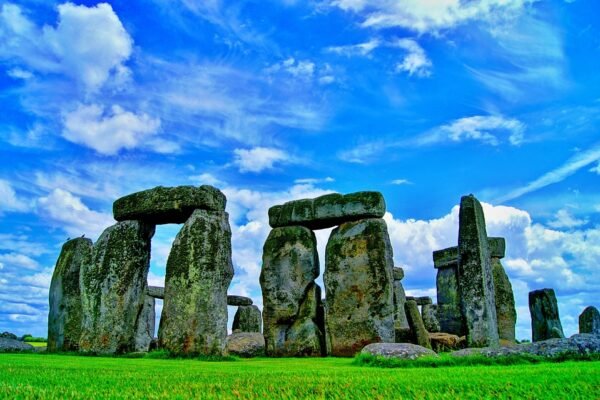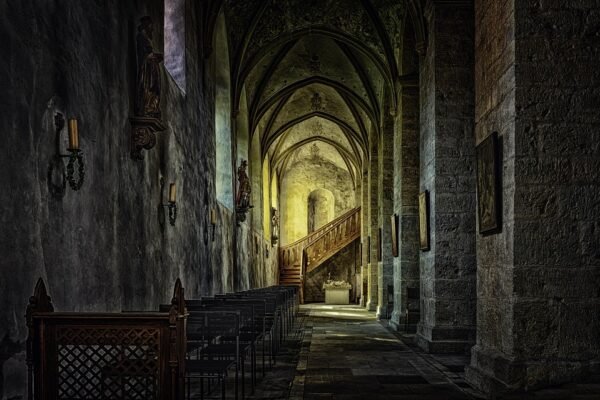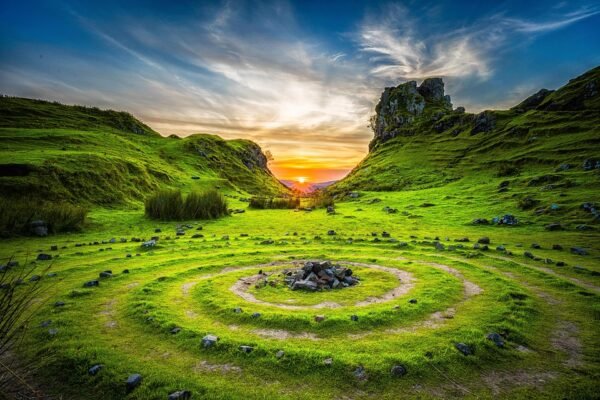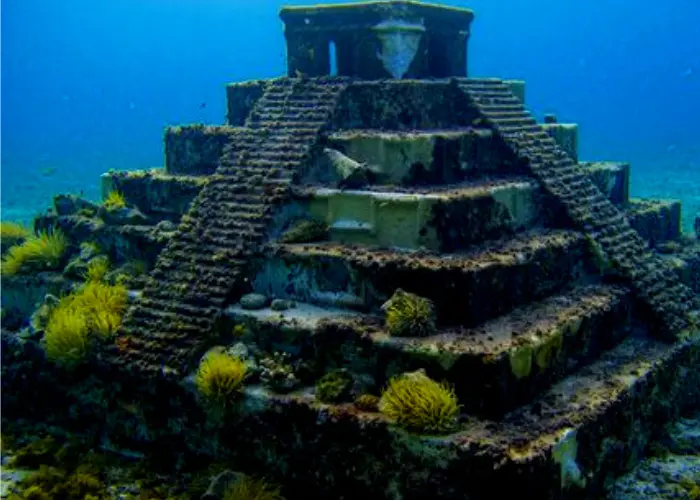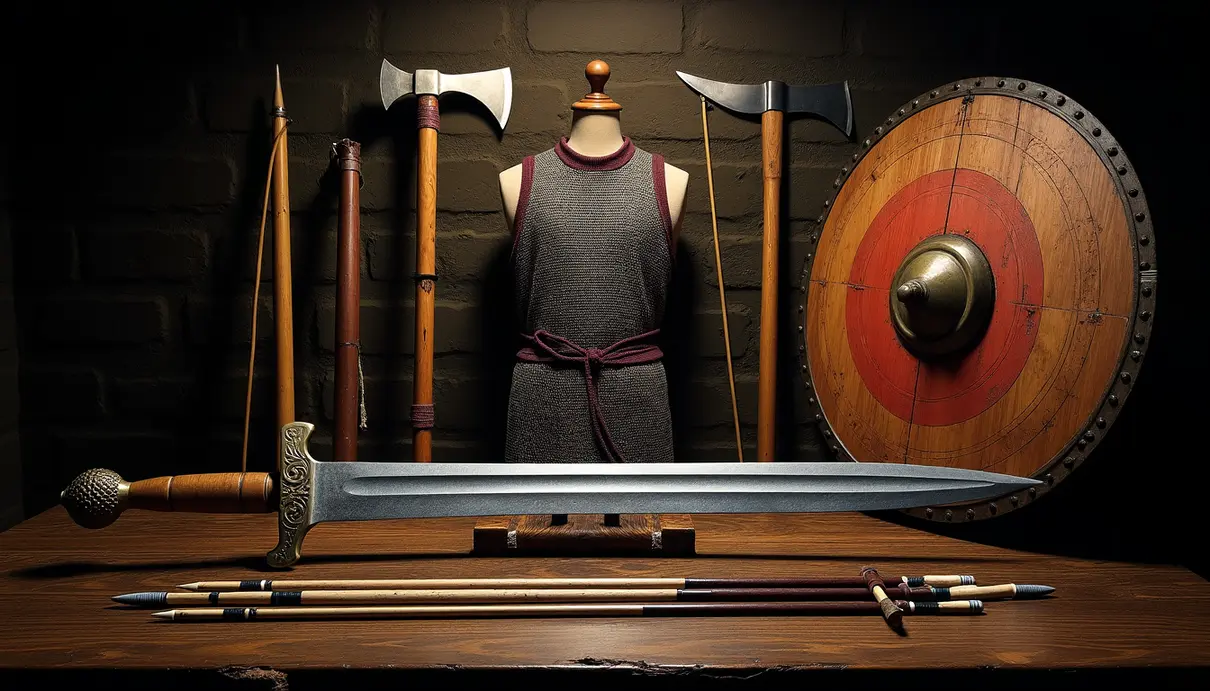

Lost Civilization Quest – Retro Timeline
Embarking on a Journey Through Ancient America’s Lost Civilizations
Have you ever pondered the hidden tales lying beneath the landscapes of Ancient America? Join me on a journey of discovery as we unveil the enigmatic secrets of civilizations that once thrived across this vast continent. Together, we will explore the captivating narratives of ancient cultures, their rise to prominence, and the legacies they left behind. By delving into the mysteries of Ancient America, we will gain a profound understanding of the rich heritage that shaped this continent.
Before delving deeper into the captivating world of Ancient America’s lost civilizations, let’s recap. We’ve embarked on an exploration of the enigmatic past, where North and South America were once teeming with diverse cultures that left an indelible mark on history. From the grandeur of the Maya in Central America to the mighty Inca Empire along the Andes, each civilization shaped the continent’s destiny.
As we journey onward, we will uncover the role of geography in their rise, pivotal inventions that paved their way, and the rich tapestry of sources historians use to understand these pre-1600 societies.
The story of early civilizations in the Americas is a tapestry woven with intricate threads of culture, innovation, and adaptability. From the ancient civilizations of North America to the splendid cultures that bloomed in South America, every region has contributed its unique chapter to the narrative.
The civilizations of Ancient America were remarkably diverse. The civilizations of North America, such as the Ancestral Puebloans and the Mississippian culture, thrived in harmony with their environments. These societies are a testament to the ingenious ways in which ancient peoples adapted to their surroundings, constructing awe-inspiring structures like the cliff dwellings of Mesa Verde.
South America boasts a rich tapestry of civilizations that has captured the fascination of historians for centuries. The mighty Inca Empire, with its impressive network of roads and terraced fields, stands as a testament to the organizational brilliance of ancient societies. As we gaze upon the ruins of Machu Picchu or ponder the mysterious Nazca lines etched into the desert landscape, we are reminded of the incredible legacy left behind by these early civilizations in the Americas.
Geography played a pivotal role in the emergence and development of civilizations in the Americas. The diverse landscapes, from rainforests to deserts, from mountains to coastlines, presented both challenges and opportunities. The lush rainforests of Central and South America nurtured the growth of complex societies like the Maya and the Aztecs. Meanwhile, the Andes Mountains provided a natural fortress for the Inca civilization, allowing them to build their grand cities and agricultural terraces.
The rise of civilizations in the Americas was closely intertwined with innovative advancements. The cultivation of maize, for instance, acted as a catalyst, enabling the transition from nomadic lifestyles to settled agricultural communities. This shift laid the foundation for surplus food production, trade, and the emergence of social hierarchies. As societies prospered, monumental architecture and intricate artwork flourished, shaping the identity of these civilizations.
Before the grandeur of cities and complex civilizations could emerge, certain prerequisites needed fulfillment. Agricultural surplus, a stable food supply, and a favorable climate were vital components. Additionally, the development of social, political, and economic systems helped create the framework for organized societies to flourish. In Ancient America, the melding of these factors paved the way for magnificent cities, monumental pyramids, and impressive societal structures.
One of the most remarkable civilizations in South America was the Inca Empire. Flourishing in the Andes, this sophisticated society left an indelible mark on the continent’s history. The city of Cusco, at the heart of the empire, was a marvel of urban planning and architecture. The famous Machu Picchu, perched on a mountain ridge, stands as a symbol of Inca engineering prowess. Their intricate road systems facilitated communication and trade across vast distances.
As we traverse the corridors of time, unearthing the secrets of Ancient America’s lost civilizations, we invite you to join in the exploration. What other sources would help historians understand these pre-1600 civilizations? Which regions are most accurately related to the historical civilizations in the Americas? How did geography impact their emergence and rise? What pivotal inventions acted as harbingers of progress?
The enigma of Ancient America beckons. Beneath its layers lie stories waiting to be unraveled, a testament to the ingenuity and resilience of the human spirit. As we piece together the fragments of this captivating history, we encourage you to share your thoughts, insights, and questions. Leave a comment below and become part of the ongoing conversation that unites us with the distant echoes of Ancient America’s secrets.
The Americas were home to a diverse array of civilizations that flourished long before the arrival of European explorers. Among the earliest civilizations were the Olmec, known for their colossal stone heads and intricate art. They laid the groundwork for subsequent cultures in Mesoamerica.
The Maya civilization, renowned for its sophisticated calendar system and impressive architectural achievements, emerged in present-day Mexico and Central America. The grandeur of Tikal, with its towering pyramids piercing the jungle canopy, stands as a testament to their architectural prowess.
The western part of South America has its own captivating stories to tell. The Chavin civilization, one of the first to arise, left behind a legacy of stunning art and architecture. Their intricate carvings and imposing temples leave modern observers in awe of their skills. In the coastal regions, the Moche civilization thrived with its elaborate irrigation systems and remarkable pottery. Their pottery, often depicting intricate scenes of daily life, provides valuable insights into their culture and society.
The impact of these ancient civilizations on the Americas resonates even today. The cultural and technological advancements they achieved laid the groundwork for the societies that followed. The agricultural practices they pioneered revolutionized food production and enabled the growth of populations. The complex social structures they developed have left lasting imprints on the cultural tapestry of the continent.
Historians rely on a multitude of sources to piece together the puzzle of ancient civilizations in the Americas. Archaeological excavations offer tangible glimpses into the past – from pottery and tools to monumental architecture. Hieroglyphics and codices provide insights into the beliefs and rituals of these societies. Furthermore, the oral traditions passed down through generations offer valuable narratives that complement the archaeological record. By weaving these various strands of evidence together, historians can reconstruct the stories of civilizations long gone.
The ruins of pyramids, temples, and cities that once bustled with life remind us of the transience of human endeavors. The civilizations that rose and fell in Ancient America continue to captivate our imagination. From the towering peaks of the Andes to the dense jungles of Central America, each stone, each artifact, carries a whisper from the past. They invite us to ponder the lives of those who came before us and to marvel at the heights of human achievement.
As we conclude our journey through the lost civilizations of Ancient America, we invite you, dear reader, to embark on your own exploration. Delve into the pages of history and immerse yourself in the rich narratives of these societies. Share your thoughts, questions, and insights in the comments below. Let us continue to unravel the secrets of Ancient America together, preserving the legacy for generations to come.

